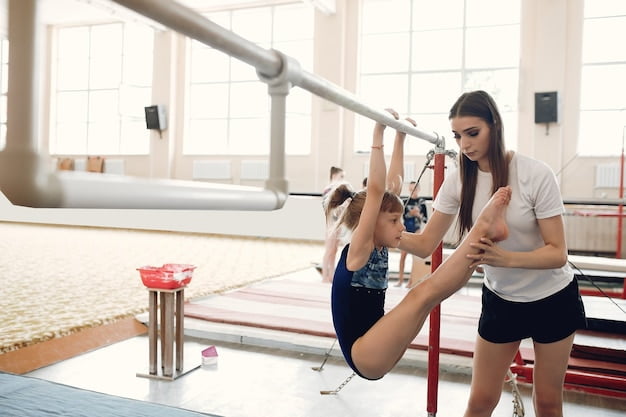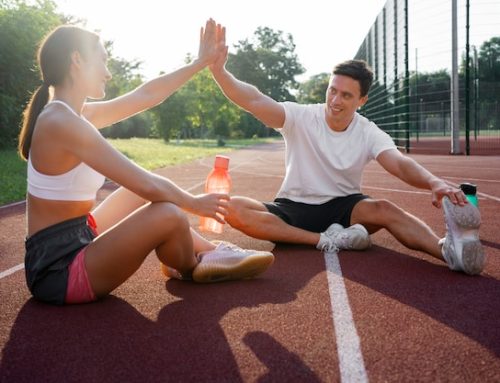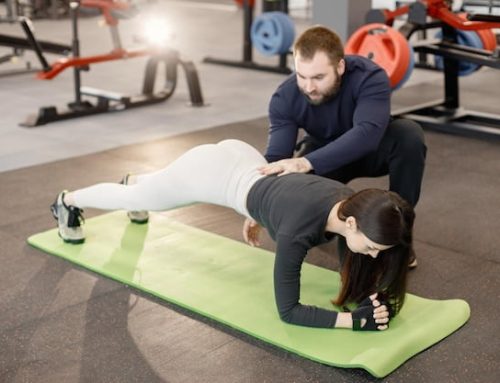A Concise Overview
Reversibility in sports training refers to the principle that athletic gains will be reversed or lost if training ceases or is significantly reduced for an extended period. In essence, “if you don’t use it, you lose it.” Understanding the mechanisms and implications of this principle is vital for athletes, coaches, and fitness professionals aiming to maintain or improve performance levels. The concept has profound implications in the areas of injury prevention, training regimen adjustments, and seasonal planning.
Understanding the Principle of Reversibility
What is Reversibility?
The principle of reversibility, often called the “use it or lose it” principle, asserts that athletes will lose the effects of training when they stop exercising. However, the rate at which this happens can vary based on several factors such as the type of sport, the athlete’s level of conditioning, and the duration of the inactive period.
Why Is Reversibility Important?
Understanding reversibility is essential for both short-term performance and long-term athletic development. Neglecting this principle can lead to a rapid decline in physical conditioning, thereby affecting an athlete’s performance, increasing the risk of injuries, and necessitating a longer time for reconditioning.
“Reversibility is not just an athletic concern, but a reminder of the dynamism of human physiology. It pushes us to continually adapt and evolve, lest we regress.”
Factors Affecting Reversibility
Type of Training
Different types of training, such as aerobic vs anaerobic, have different rates of reversibility. Typically, aerobic conditioning is lost more rapidly than strength gains.
| Type of Training | Time to Start Reversibility |
|---|---|
| Aerobic | 1-2 weeks |
| Strength | 2-4 weeks |
| Skill-based | 3-6 weeks |
Level of Conditioning
A highly conditioned athlete may experience a slower rate of reversibility compared to a novice. However, they also have more to lose and may find it harder to regain peak condition.
Duration of Inactivity
The longer the period of inactivity, the greater the loss. However, the rate of loss often slows down after a certain point.
Managing Reversibility in Sports Training
Periodisation and Training Cycles
Implementing periodisation, or structured training cycles, can help manage reversibility. This involves a balance between training loads and recovery periods to maximise gains and minimise losses.
Cross-Training
Engaging in cross-training can be an effective strategy for reducing the impact of reversibility. It allows athletes to maintain certain aspects of fitness even when they are unable to perform their primary sport due to off-season, injury, or other factors.
Active Recovery
Incorporating active recovery sessions, rather than complete rest, can also mitigate reversibility. Activities might include light jogging, swimming, or cycling.
- Active Recovery for Runners: Light jogging or cycling
- Active Recovery for Swimmers: Slow-paced swimming or walking
- Active Recovery for Weightlifters: Light cardio or yoga
Special Considerations
Injured Athletes
For athletes recovering from injuries, the reversibility principle is a critical concern. Modified training routines that focus on unaffected body parts can help sustain overall fitness levels.
Ageing Athletes
As athletes age, the rate of reversibility can increase, making it even more crucial to maintain a consistent training schedule.
Practical Tips for Athletes and Coaches
- Monitor training loads and recovery periods.
- Plan seasonal training wisely.
- Implement active recovery and cross-training.
- Modify training for injured athletes.
Conclusion
The principle of reversibility is an often-underestimated aspect of sports training that can make or break an athlete’s performance. While it can be discouraging to think about losing hard-won gains, the key takeaway should be the importance of consistent and well-planned training. This principle offers a vital framework for athletes and coaches to plan, monitor, and adapt training regimens for optimal performance and longevity in sport.






